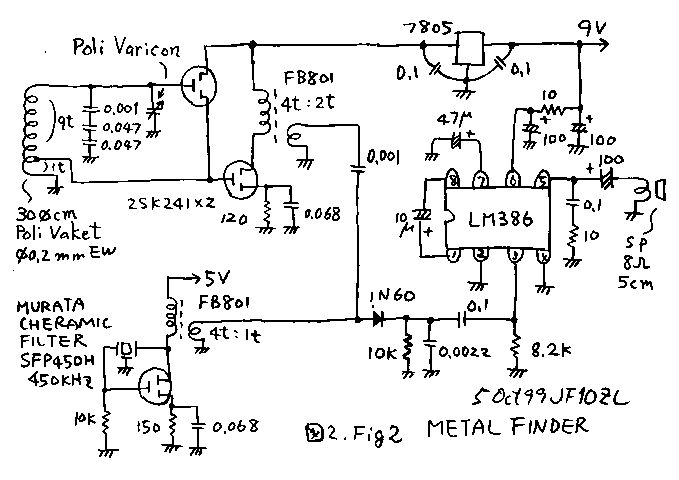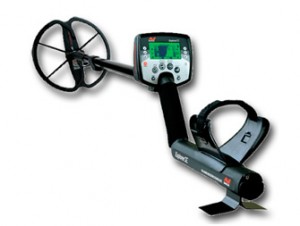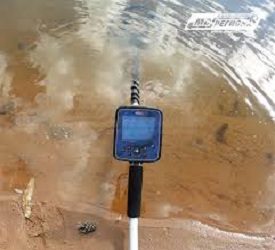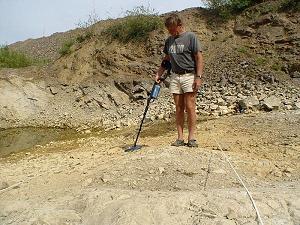Metal detectors and the depth of search In the category Metal Detectors more articles and learn more information about Metal detectors and the depth of search Reviews Price Specifications Features Image manuals videos Accessories All this in metal detectors for gold.
Metal detectors and the depth of search
Current metal detectors do not reach a very high depths… nor it is foreseeable that they can reach them in the future. This is no obstacle to what in specific circumstances and for specific targets can achieve depths much greater than normal.
Now well… what we mean by normal?
Well, for a low-range detector, normal is located in the range of 10 to 15 inches, for one half, between 15 and 25 centimeters Dexxroa and for one high-end we can be talking of between 25 and 35 centimeters. Always talking about land mineralization average and white size of a coin.
This does not rule out that a particular computer in very specific conditions can reach deeper for a target of equal size.
How is evident, there are teams that are capable of going deeper… but so only for much larger targets. This type of equipment, either of the so-called “two boxes”, well the so-called “Pulses with large coils”, can reach depths ranging between 2 and 10 metres in length (some even more), for whites to provide a surface of one square metre or more detection.
Perhaps the fundamental difference between each other, in addition to the size of detectable whites, resides at the level of identification that can be made of white:
Equipment for the search for lost objects and coins usually provide a good amount of information to the user, while those intended for the pursuit of large objects are limited to indicate the presence of one of these.
Is why this so?
Well, there are several reasons and physical principles that explain this, so how also explain the tremendous difficulty of going beyond and increase the depth to which are capable of detecting, but perhaps the most important are the penetration of different frequencies in the field and the principle of the dissipation of energy.
PENETRATION OF DIFFERENT FREQUENCIES IN THE FIELD
Electromagnetic waves can travel through any means, including by means of vacuum, but that they can move does not mean that this displacement is equal of optimal in any medium. In fact and talking specifically in scrolling through solid bodies, how the ground we tread on, its displacement is conditioned by the permeability of the soil at certain frequencies. This permeability is much greater than minor is frequency having to scroll through. Low frequencies join a greater permeability lower “resolution”, so you extract information from them is much more difficult that out of high frequencies:
That’s why that equipment to extract information will tend to prefer the possible higher frequencies, as is in the case of aviation radars, which operate in the megahertz (millions of cycles per second) range, while metal detectors are forced, to get good penetration, to work in the range of the kilohertz (thousands of cycles per second) because of better permeability of these frequencies in the field.
Currently there are detectors that work with more than one frequency, even a few that work with a multitude of frequencies simultaneously in the market. How each type of soil is more permeable to a given frequency that all other, computers that use more than one frequency have the invaluable advantage of being able to reach deeper than others, according to, quite simply, the more likely that some of the frequencies with which they work most appropriate to penetrate a soil specifically as the rest of them. Offset, computers that use only one frequency are subject to the capacity of penetration that frequency has in a given soil.
PRINCIPLE OF DISSIPATION OF ENERGY
The radiated power decreases with the square of the distance.
This means that the detection field emitted by your detector is reduced exponentially such and how moves away from the dish or transmitter antenna or, much simpler words, the intensity of the field to ten centimetres of the emitter dish is not double that to twenty centimeters, if not much more.
Related Articles
- Alexander the great
- Gold Frequency Detector
- garrett super scanner handheld metal detector
- Gold glitters in crisis
- buy metal detector for kids
- Metal detector test pieces test sticks
- What are the metal detectors
- Metal detector repairs-how to fix your metal detector
- gold locator with High Frequency Wave Precision
- treasure underwater












